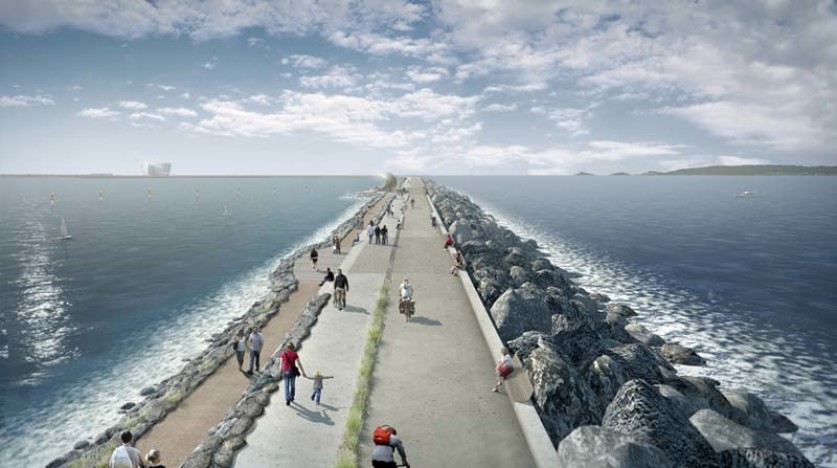
Pressure for the government to give more support to renewable energy schemes like the Swansea tidal lagoon project has increased as concerns grow over the Hinkley Point project.
In the pre-Budget Prime Minister’s Questions session, Jeremy Corbyn followed the lead of various ministers in recent weeks in urging David Cameron to commit to plans to build a tidal lagoon in Swansea.
The lagoon would, according to Welsh MP Byron Davies, have “the potential to produce energy that is cheaper than even nuclear and gas”, and would play an important role in helping Britain to achieve its target carbon emissions reduction by 2020.
The Swansea tidal lagoon project is gaining more prominence as an alternative to EDF’s Hinkley Point nuclear project which has been making headlines for all the wrong reasons fairly consistently.
Energy minister Andrea Leadsom did her best to assuage worries about Hinkley and to do away with direct comparisons between it and the Swansea project.
She said: “We are very confident that the Hinkley Point project will get built. The Swansea Bay project was in our manifesto. The government absolutely recognises its potential to deliver low-carbon, secure energy for the future.
“However,” she went on, “it was not a commitment to deliver a contract for difference. This government is absolutely determined to prioritise keeping costs down, to be on the consumer’s side and to decarbonise at the lowest price while keeping the lights on.”
The latest on Hinkley involves a leaked official document revealed by the Guardian showing a clause in the deal that “could leave taxpayers with a £22 billion bill if a future UK government closed the plant before 2060”.
The clause is being described as a ‘poison pill’, and, according to Exeter University’s Catherine Mitchell, a “dreadful agreement for the nation”.
Caroline Lucas MP said: “Even before we knew about this ‘poison pill’, Hinkley represented a terrible deal for taxpayers and a huge burden on bill payers too. This flies in the face of relentless ministerial rhetoric on value for consumers – especially compared to the costs of solar power and wind – which are already cheaper than nuclear and continue to fall.”




